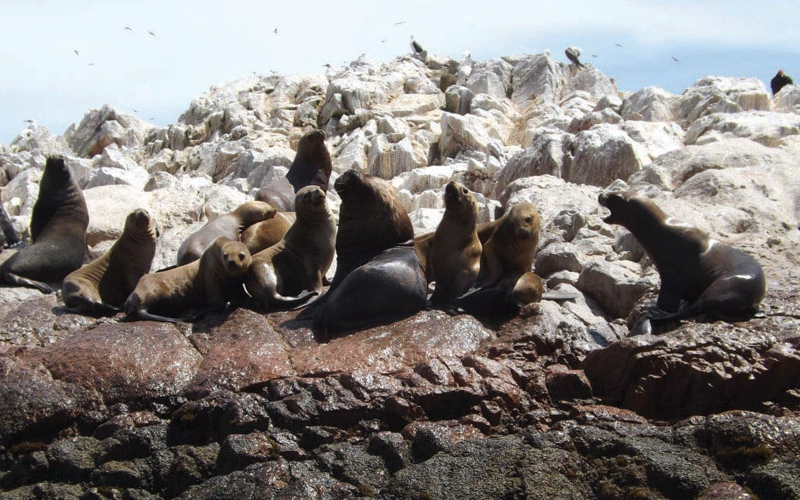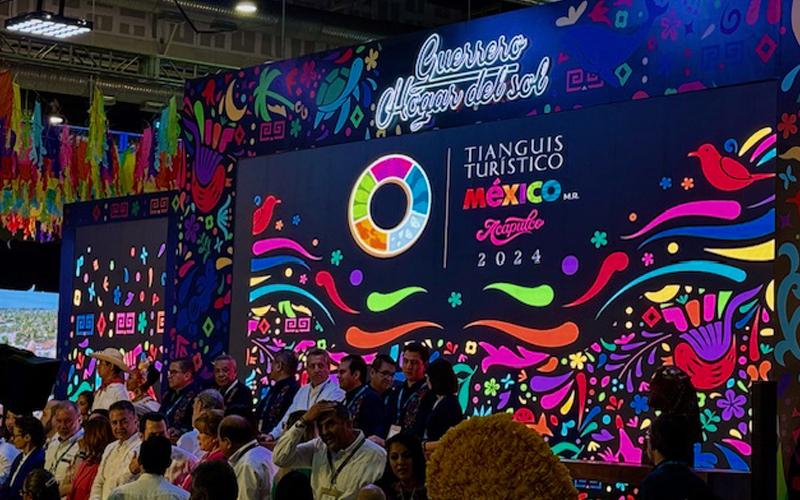Traveling to Machu Picchu & Beyond
Maybe you’ve never thought of traveling to Peru except possibly to Machu Picchu,

the remains of the 15th-century mountaintop Inca citadel named as one of the Seven Wonders of the World.
Indeed, Machu Picchu, which remained undiscovered until the early 20th century, is the best-known location in all of Peru, and, possibly, all of South America.
Machu Picchu, which was named a UNESCO (United Nations Educational, Scientific and Cultural Organization) World Heritage site in 1983, is situated about 50 miles northwest of Cusco, Peru in the Andes Mountains. Likely built in 1450, it was left nearly intact despite the Spanish conquest of Peru. Machu Picchu became more widely known some 500 years later when Yale University professor Hiram Bingham “re-discovered” it in 1911.
What is distinctive about the UNESCO World Heritage site is “how remote it is,” says Ryan Moncton, senior country specialist, Peru, Ecuador, Galapagos Islands, and the Arctic, Audley Travel, a tour operator based in Oxfordshire, U.K., with offices in London and Boston.
“What makes it unique is the journey to get there.” There are several different trains to Machu Picchu (see sidebar).
Yet, there is much to see and do in Peru beyond the ancient ruins of Machu Picchu. Peru is bursting with colors, gastronomy, textiles, even wildlife – you just have to know where to go.
“Explore beyond Machu Picchu if you have the time and the means to do so,” says Moncton.
A first trip to Peru can be as short as seven, eight, or nine days, he says. On such a trip, Machu Picchu is typically the focus. “What draws a lot of people to Peru is ancient history,” Moncton says.
A trip to Peru also can be combined with Ecuador and the Galapagos Islands, or with other, larger South American countries farther south, such as Argentina, Brazil, and Chile. Whether you want to visit just Peru or combine it with other countries will depend, to some extent, on how much time you have, your interests, and your budget.
The peak travel season for Peru is May through October, which is also the dry season. November through April is the rainy season with January and February typically having the most rain and fewer travelers, so some flights and hotels can cost less. Temperature and rainfall vary by region so it’s best to check your itinerary for weather during the month you plan to travel.
Options Beyond Machu Picchu
Lima: A capital city with a population of 11.3 million teeming with sophisticated restaurants, luxury hotels, and museums is more than a first stop on a Peru itinerary. Situated on the Pacific Ocean, Lima is known as a top surfing destination, though the beaches can have pebbles and rough surf. A stay in Lima is not complete without a visit to one of its colorful food markets that provide ingredients to some of the city’s best eateries. Whether you’re a foodie or not, consider a meal at the restaurant, Central, which has received accolades for its culinary excellence.
Named the best restaurant in South America as well as included in the World’s Best Restaurants of 2023, Central is located in the Barranco neighborhood at Av. Pedro de Osma 301.
Most tours will include stops to the Main Square where travelers can view the neo-colonial style buildings in the city’s historic center, named an UNESCO World Heritage site. Yet, like many of the world’s large cities, crime exists, so traveling with a tour group may be your best choice.
As of November, 2023, the U.S. State Department ranked Peru as a Level 2 destination, which is “exercise increased caution.”
Palomino Islands: For those who enjoy viewing wildlife, consider a trip to these islands situated seven miles off the coast of Callao, part of the Lima metropolitan region. The Palominos are home to a large number of sea lions as well as penguins and other species of marine birds. For the adventurous, swimming with the wild sea lions is an option, and guided tours from several operators are available from the mainland.
Ballestas Islands: These rocky islands are located south of Lima and are a boat ride from Paracas, a beach destination. Travelers can book a two-hour boat ride through the islands to view wildlife that includes sea lions, Humboldt penguins, and seabirds such as guano birds.
Some of the same wildlife in the Galapagos Islands, 600 miles off the coast of Ecuador can be seen here, but the Ballestas are not as isolated. It’s 163 miles from Lima to Paracas, and best to go from December to March, which is summertime in Peru. Driving takes approximately three hours, 45 minutes. Bus transportation is available.
Cusco: High in the Andes Mountains, the City of Cusco is listed by UNESCO as a World Heritage Site. Once the capital of the Inca Empire, is an hour and 15 minutes by air from Cusco. Conquered by the Spaniards in the 16th century, Cusco retains the cobblestone steps and streets dating to the days of the Incan “Imperial City.” Modern hotels are built into the ancient walls. Those traveling independently can book a full-day tour from here to Machu Picchu.
Sacred Valley: Some “classic” Peru tours include two nights in the Sacred Valley, often considered the spiritual and commercial heart of the Inca Empire. It is home to several alpaca farms. Other points of interest include the Inca fortress of Ollantaytambo, an ancient complex of temples and terraces, which was the final stand against the Spanish conquistadors, and Pisac, a colorful produce and craft market. The luxury property, Belmond Hotel Rio Sagrado, is located here in Urubamba, Peru.
Amazon Rainforest: Though it lies primarily in Brazil, travelers can visit the rainforest while in Peru. For example, a tour can include a flight to Puerto Maldonado, a city in southeastern Peru in the Amazon Rainforest. You can board a motorized canoe to reach your lodge in the Amazon. River cruises are another option as are kayak trips and stargazing.




